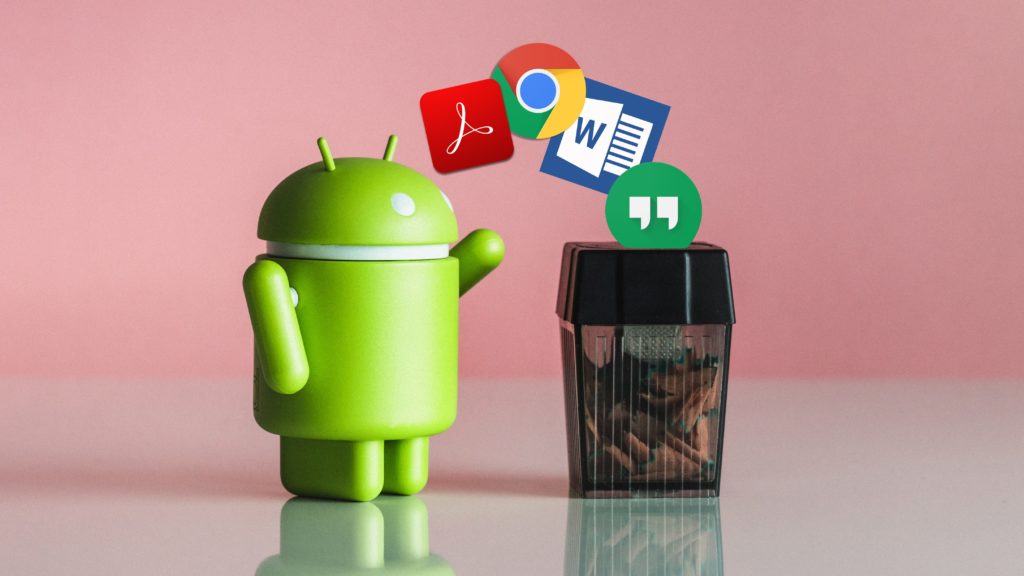Uninstalling vs. disabling bloatware
Some bloatware is extremely annoying, and in order to get rid of them all you can do is uninstall or disable them. This does not only with pros but with cons too, and there are some differences. The most drastic option is uninstalling it which completely removes the files from your device. However, it is risky because sometime in the future you might need those files.
The risk-free option is disabling the bloatware. What this does it makes sure that no valuable RAM is taken up by the app when it runs in the background. It does not mean that the app is gone, but at least it would not affect your phone. Depending on the device and app, only disabling is not always available.
Disabling bloatware: general guidance
Many apps continue to consume resources while they’re not in active use. They also take up space in the app drawer. Since Android 4.0, however, there has been the option to disable apps.
Beginning with the 4.0 version of Android you can now disable apps by heading to the Setting and then to Apps. There you will find three tabs: Disabled, All Apps, and Enabled.
Tapping on an app shows you whether or not you can uninstall it. This is applicable to both unnecessary bloatware and apps that you downloaded yourself.
The Setting app and other similar apps can’t be disabled or uninstalled because in order for the Android to run properly it needs those.
An app that are not part of either of these categories can be disabled. There is an exception for the apps that are part of a protected system partition.
Now, after reading this article, you can get rid of certain apps that can become annoying.


